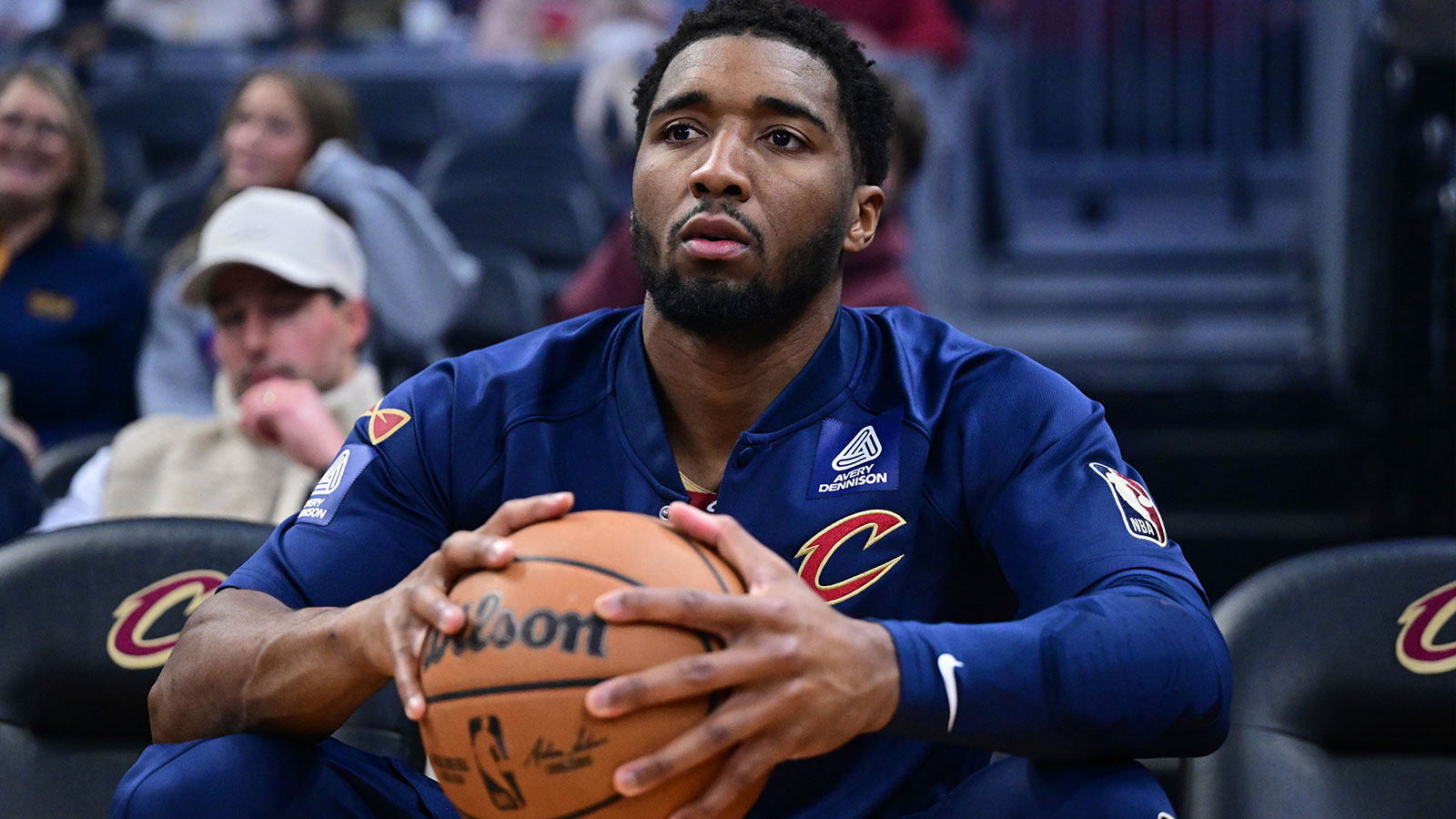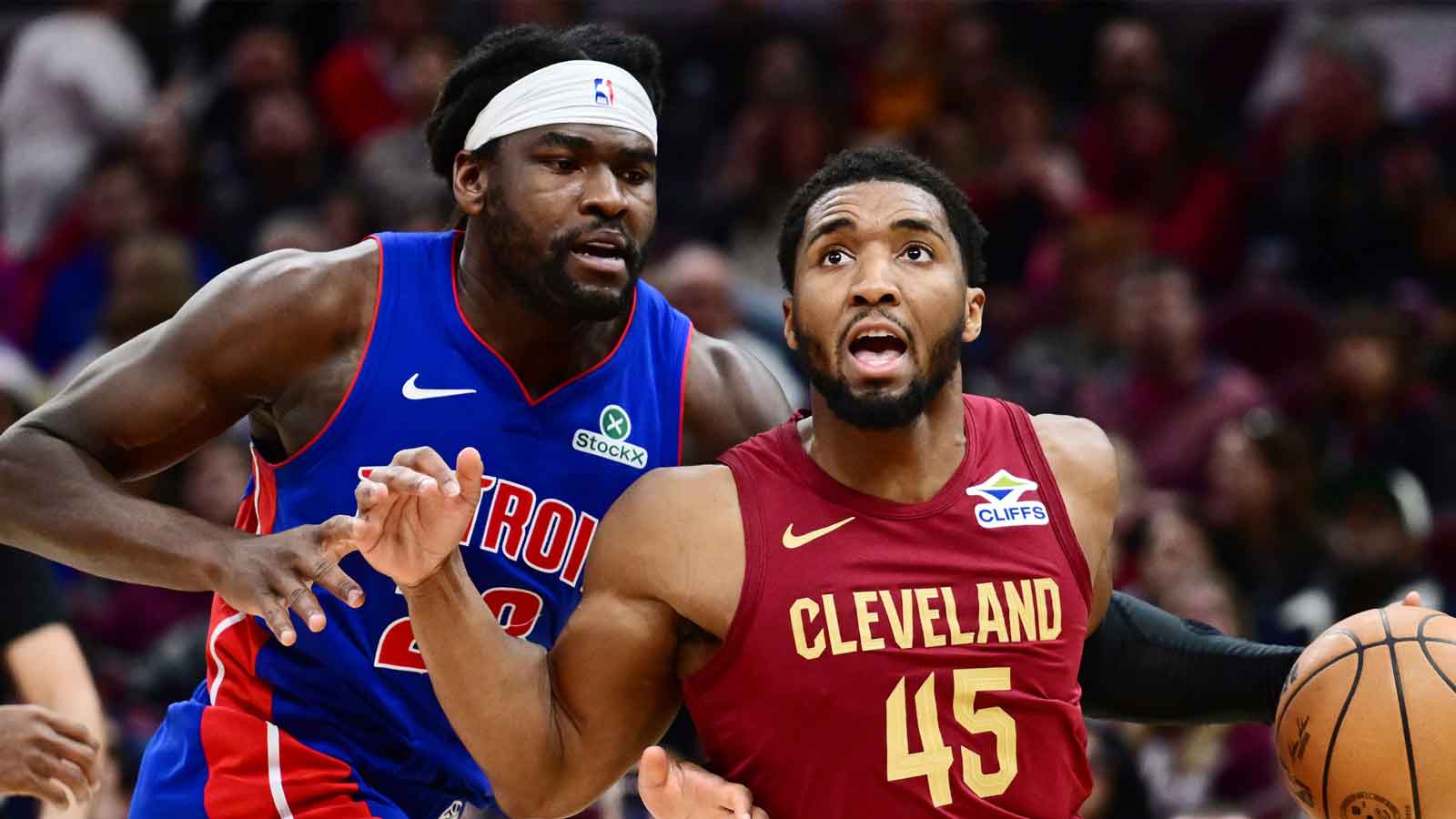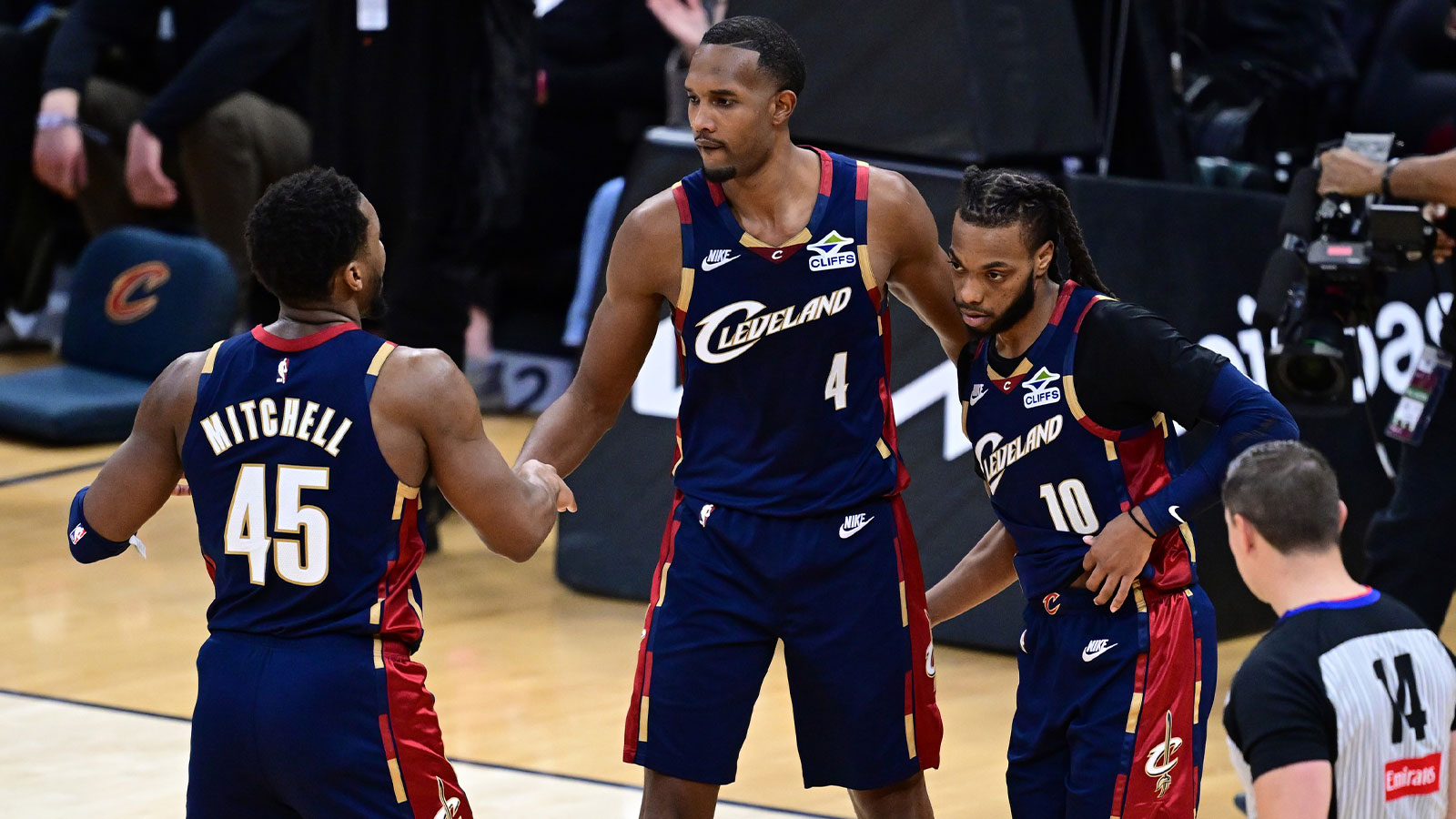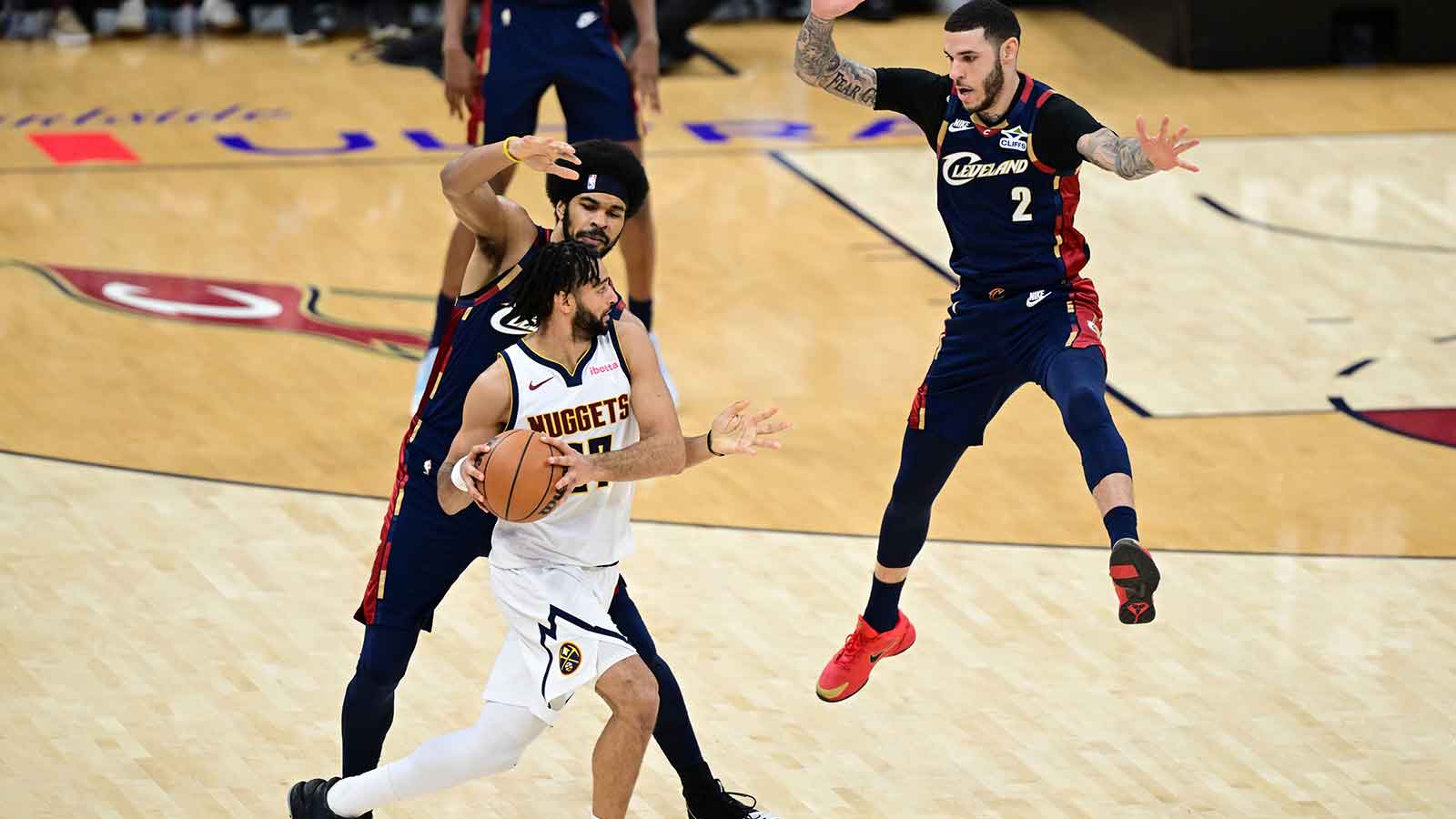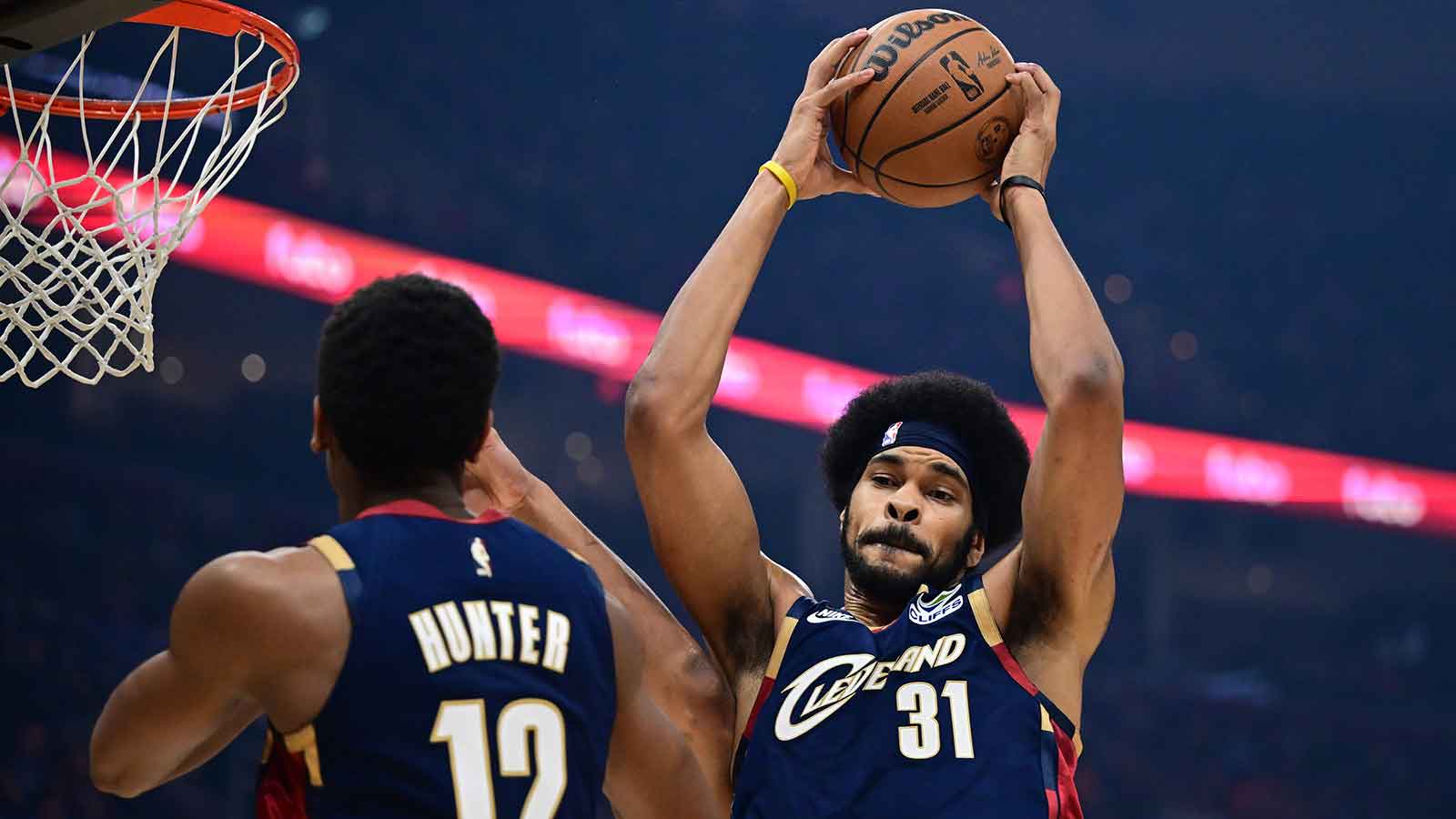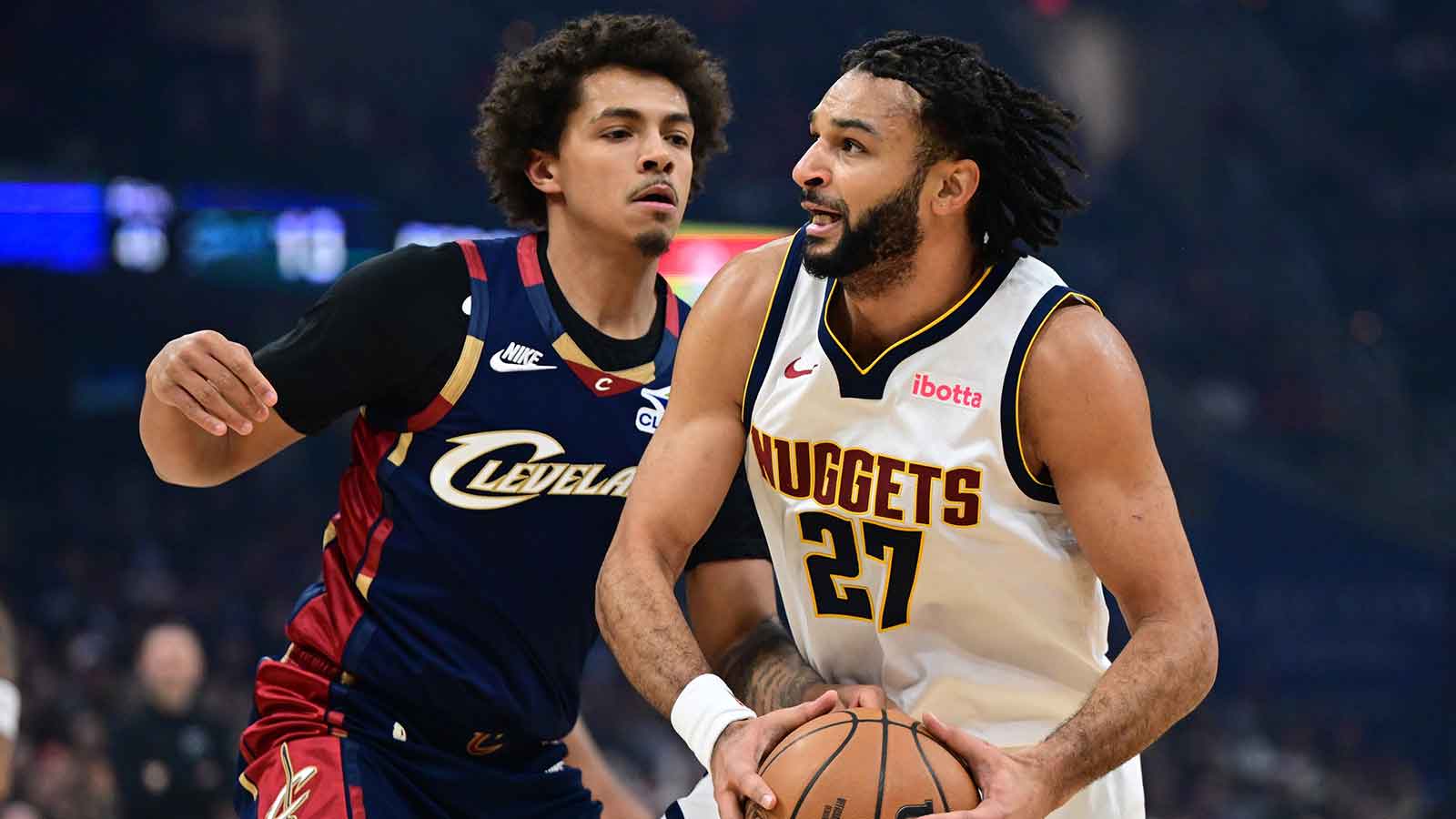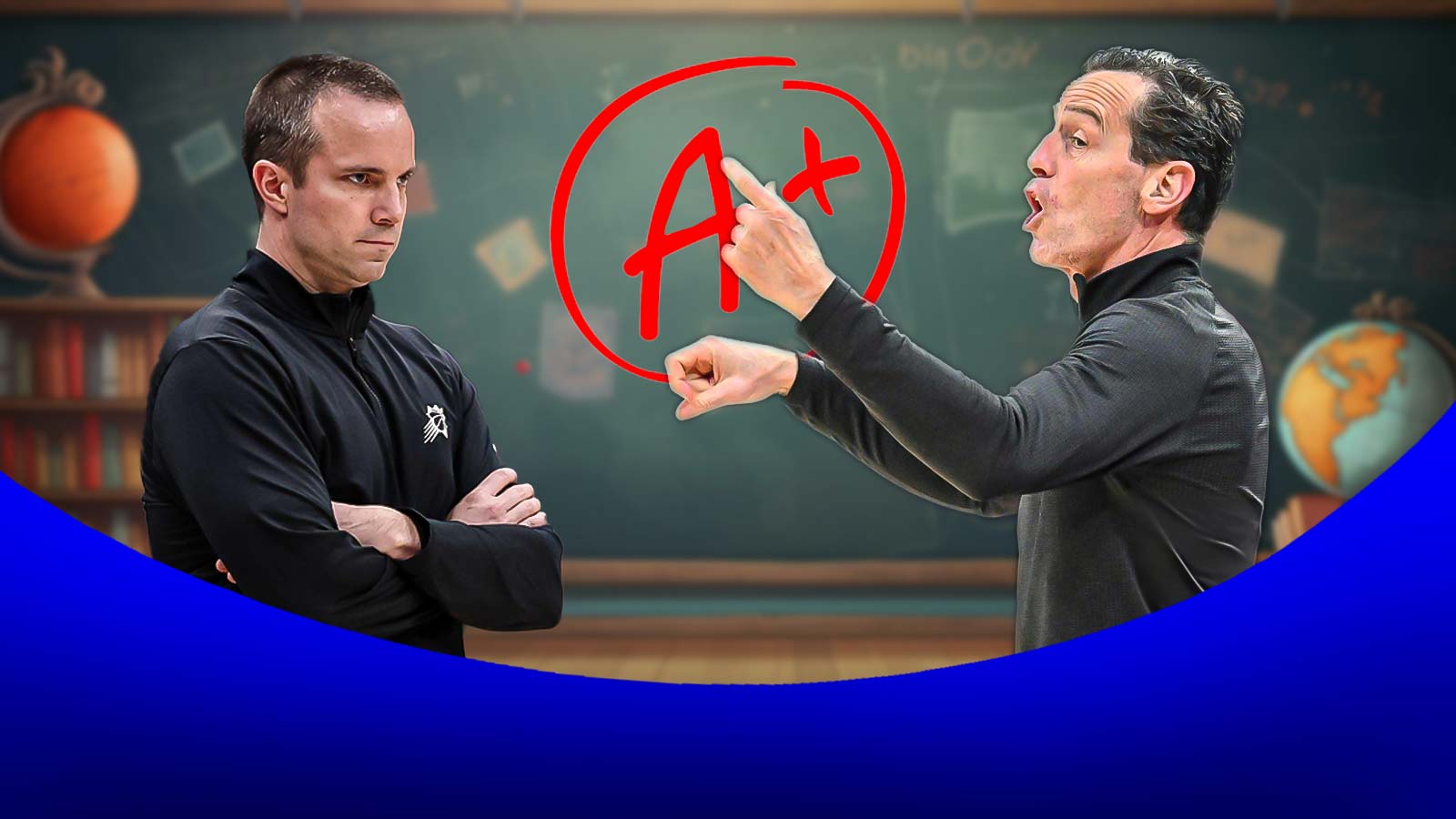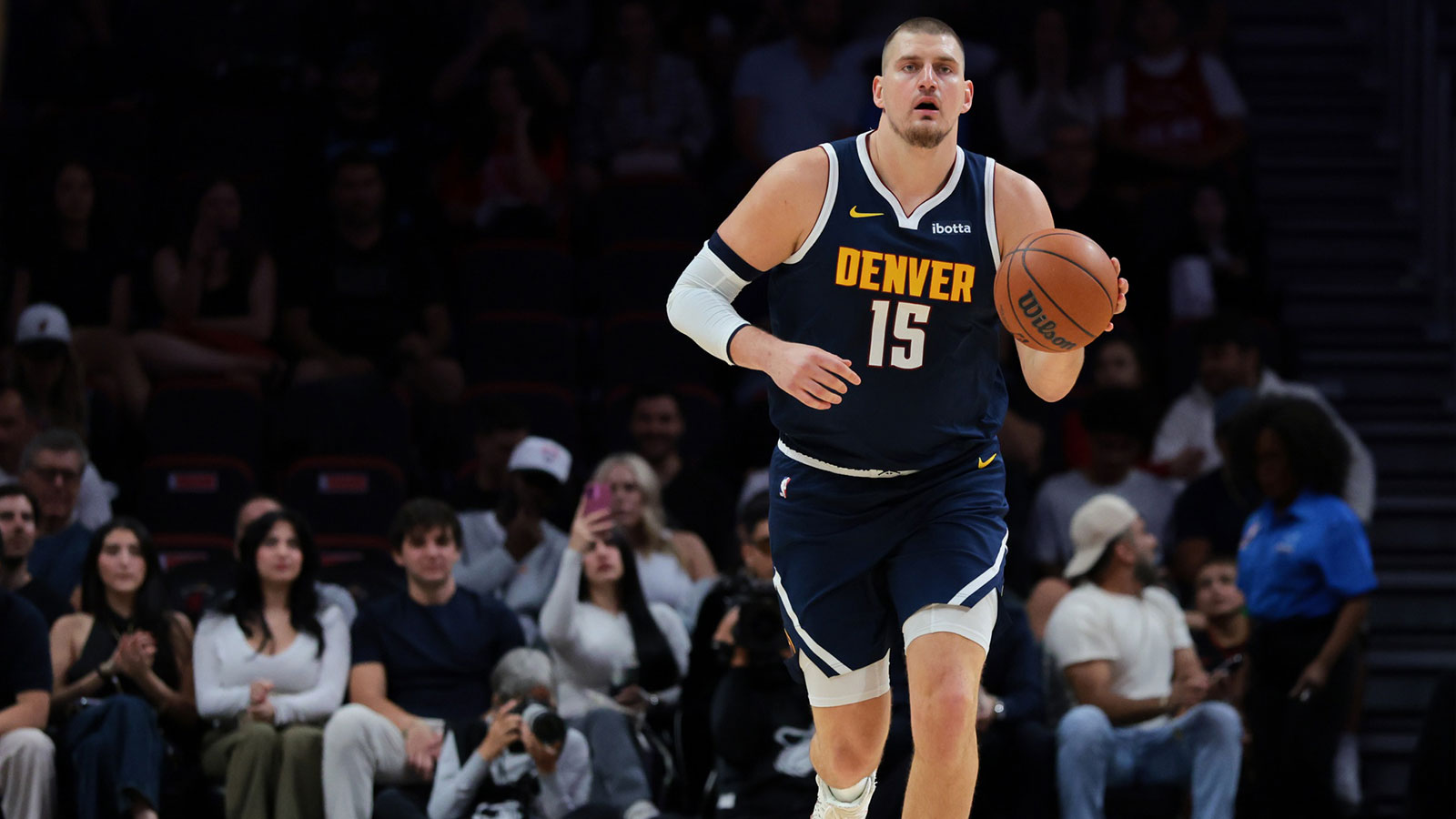Ten years ago, LeBron James was having an MVP-quality season for a Cleveland Cavaliers team fighting for playoff seeding under the shadow of the Boston Celtics. His supporting cast was uninspiring. The Cavaliers’ second best player was Zydrunas Ilgauskas. The rest of the roster was filled out with the likes of Daniel “Boobie” Gibson, Eric Snow, and one-foot-into-retirement Ben Wallace.
Now, 10 years later, LeBron is having another MVP-quality season carrying a starless supporting cast. He’s still a fixture among elite players, even as the league and players have changed.
He’s playing with Kevin Love, who was still in college in 2008. Larry Nance Jr. was a 5’ 11” freshman in high school back then. After that time, and all the change that occurred, what’s different with LeBron James 10 years later?
The rise of an MVP

Here’s some context, first. Back in 2008, LeBron James had not yet won an MVP and was coming off a humiliating loss in the finals to the Spurs, where he shot 36 percent from the field.
During the following season, the Cavaliers were not an elite fixture in the league, which is why most people kept him off the very top of the MVP ballot despite his otherworldly statistics. This was back when people didn’t assume the Eastern Conference Finals representative had to be a LeBron team. This was also when he first broke his silence politically, donating to Barack Obama and speaking out on Darfur.
Contrast that to this season, where his team is indeed not elite again but many are still assuming they’ll make it to the finals. He’s still active politically—even though he was recently told to “shut up and dribble.”

The 2007-08 season marked the beginning of his mythos; where we all wondered what his future would contain, as unlimited as it seemed. This season is the living legend doing everything within his powers to stall the descent from Father Time and compete for more titles.
With that background, let’s get a snapshot of how LeBron has quantitatively changed.
Declining athleticism

You can see a bar chart below showing various stats in terms of percentages. LeBron’s a more efficient shooter now, partially thanks to an increased proficiency from behind the 3-point arc and a small improvement from the foul line. The trade-off is that he’s taking fewer shots overall now.
Also, while his assists have gone up, his turnovers have too. And a much larger proportion of those are stolen turnovers, which lead to fast breaks much more frequently. He’s rebounding more on defense and less on offense too — which follows the general trend in the league over the past decade.

Turning to per-possession stats, you can see how LeBron’s body has succumbed to the ravages of time. His fast-break points have greatly decreased, and both his blocks and steals have gone down as well. He’s even drawing fewer and-1 free throws.
Oddly enough, he’s drawing the same number of offensive fouls and blocks against. Even though he’s not flying around in transition as often and he’s older, people still aren’t blocking him more often, although that may have to do with his shot location habits now.
What’s most concerning to me, however, is that his shooting fouls have dropped precipitously. While sending an opponent to the line is indeed a negative play, it also hints at how his defensive involvement has changed. These days, he has famously been saving his energy on that end of the court, and it’s showing as the Cavaliers have struggled defensively.

Better with age
The older version of LeBron is smarter offensively. Despite being in his early 30s now, he gets to the rim a lot more often, and he even has a higher percentage when he takes a shot inside of three feet.
LeBron is also taking more shots from behind the arc, where he’s been converting those shots at a higher percentage too. However, he’s getting to the foul line less frequently.
That’s a significant change because he’s definitely getting fewer breakaway fast break opportunities, and he’s shooting more often at the rim — free throws are primarily created near the basket. If one wants to cite a stat that displays his declining athleticism, here’s something; he’s creating a lot less contact.
(Quick note: the percentages include free throws as true shot attempts, meaning you take the totals and divide it by the sum of FGA and .44*FTA because nearly half of free throws use a possession just like a field goal.)

Overall, most metrics peg the younger version of LeBron as the more valuable player thanks to his prodigious box-stuffing ways. The older version is more refined, more of a passer, and with greater efficiency.
Which you prefer depends your team needs, or how you want to deal with his defense, which this season has been quietly poor.
The biggest difference, honestly, is the perception of how we’ll assume he’ll find a higher gear in the playoffs. That wasn’t always the case, and LeBron first left the Cavaliers to find greener pastures with many people questioning his ability to perform in the playoffs. He may actually be consistently finding that higher gear in the playoffs now, but the cost is defensive effort in the regular season, which is actively harming the team right now.
All too often, LeBron is inert on defense, standing around and watching the play, waiting for the rebound.
https://youtu.be/Za9mvauLqdI
He can be beaten to the rim surprisingly often. Look at this play against Denver, for example: he doesn’t hustle hard enough in transition, and Paul Millsap sees that:
https://youtu.be/bPXGWJj6v_g
When Millsap catches the ball, LeBron James isn’t even between him and the rim and he has an easy drive to the basket where LeBron doesn’t even try to contest and gives up halfway. He’s even a retired figure in his vaunted chase-down block. By my count, he had 14 in 2008, peaking at 28 in 2009, and he’s only had nine this season and a mere three total last year.
His effort is dangerous on that end of the court. And even though he wasn’t as refined and smart as a defender 10 years ago, he consistently played harder.
LeBron James has been in the top five for MVP voting 12 years in a row. If Cleveland keeps playing well, the count may increase to 13, breaking the unofficial tied record he shares with Kareem Abdul-Jabbar.

That’s astounding longevity, and he’s done it by leveraging his skills and passing more often while shooting from more valuable locations on the hardwood.
He’s also realized that after pushing himself to the point of exhaustion during his previous stint with Cleveland, it’s smart to save some energy during the regular season so he can ramp it up when it matters in the playoffs. The trade-off is lazy defense that’ll cost them now, but his all-around game is still one of the best in the league, even a decade later.










